The Yamanashi prefectural government said on August 10 that the planned measures - the first of their kind for Mount Fuji - would not lead to a complete ban on climbing. The aim of the new policy is to "guide" climbers, including temporarily halting their journeys.
Under the policy, local police will be notified of the situation and will consider intervening if routes leading to the summit of Mount Fuji become so crowded that they "increase the risk of falling rocks and tripping climbers".
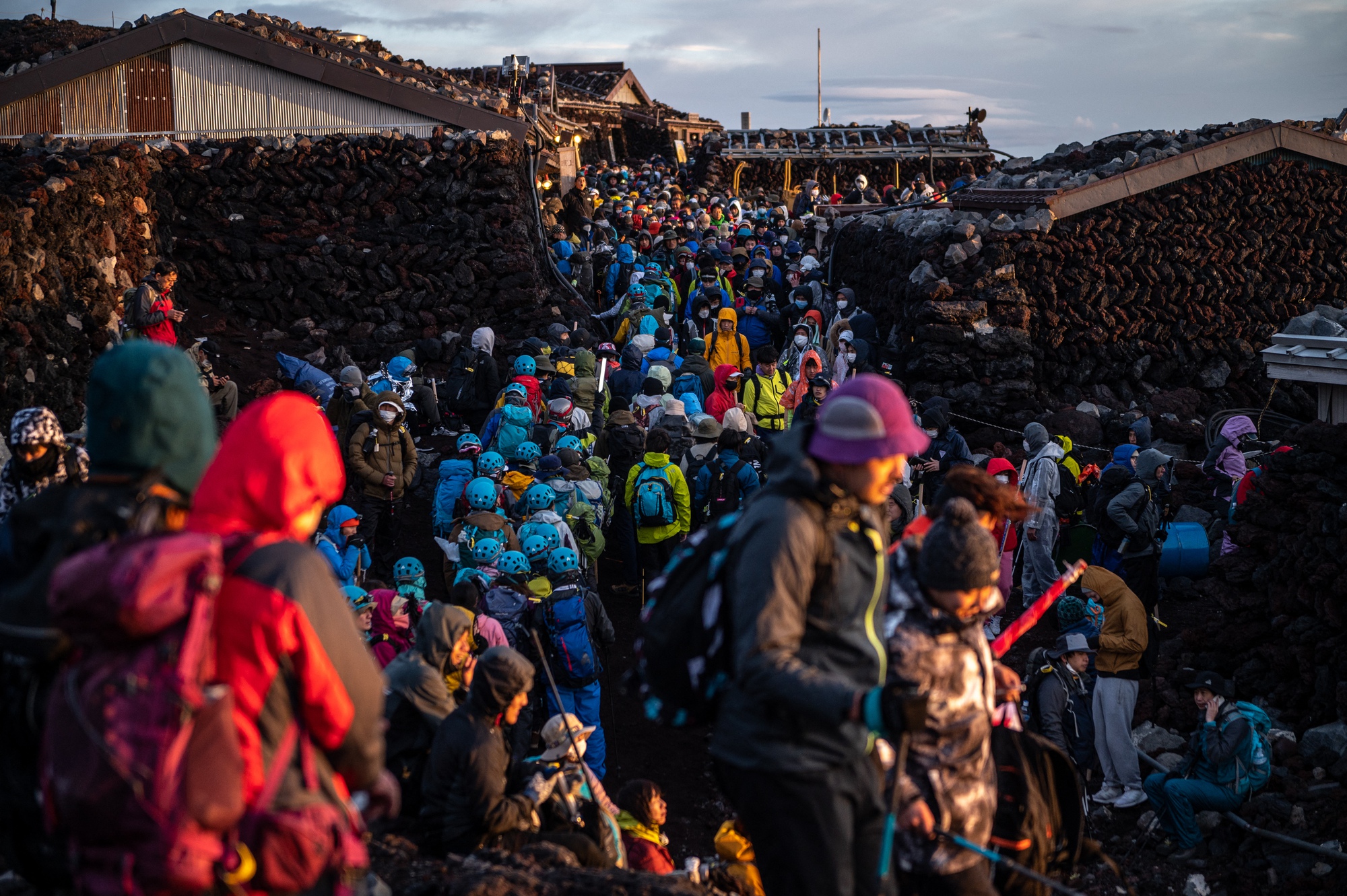
Climbers gather after watching the sunrise on Mount Fuji on August 15, 2022.
Last month, about 65,000 people climbed Mount Fuji, up about 17% from pre-pandemic levels in 2019, according to official data. The famous snow-capped volcano near Tokyo is open to climbers from July to September, drawing hundreds of thousands of people who often choose to trek overnight to watch the sunrise at the summit.
With foreign tourists returning after Covid-19 restrictions were lifted, this weekend (Japan’s Obon holiday) is expected to see a surge in the number of climbers to Mount Fuji. Bus, train and hotel tickets are booked weeks in advance.
The 3,776-meter-high active volcano may also attract more crowds than usual as this year marks the 10th anniversary of Mount Fuji being recognized by UNESCO as a world heritage site.
Mount Fuji straddles Yamanashi and Shizuoka prefectures in central Japan and the starting point for climbers is about two hours by train from central Tokyo.
Source link


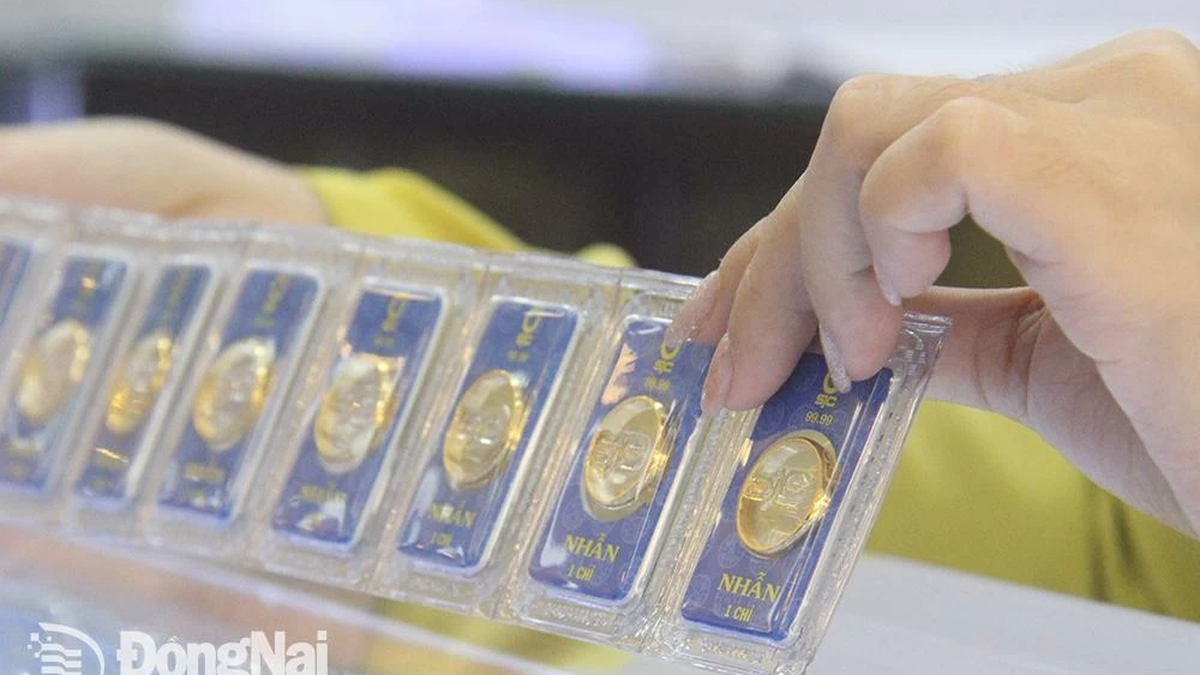
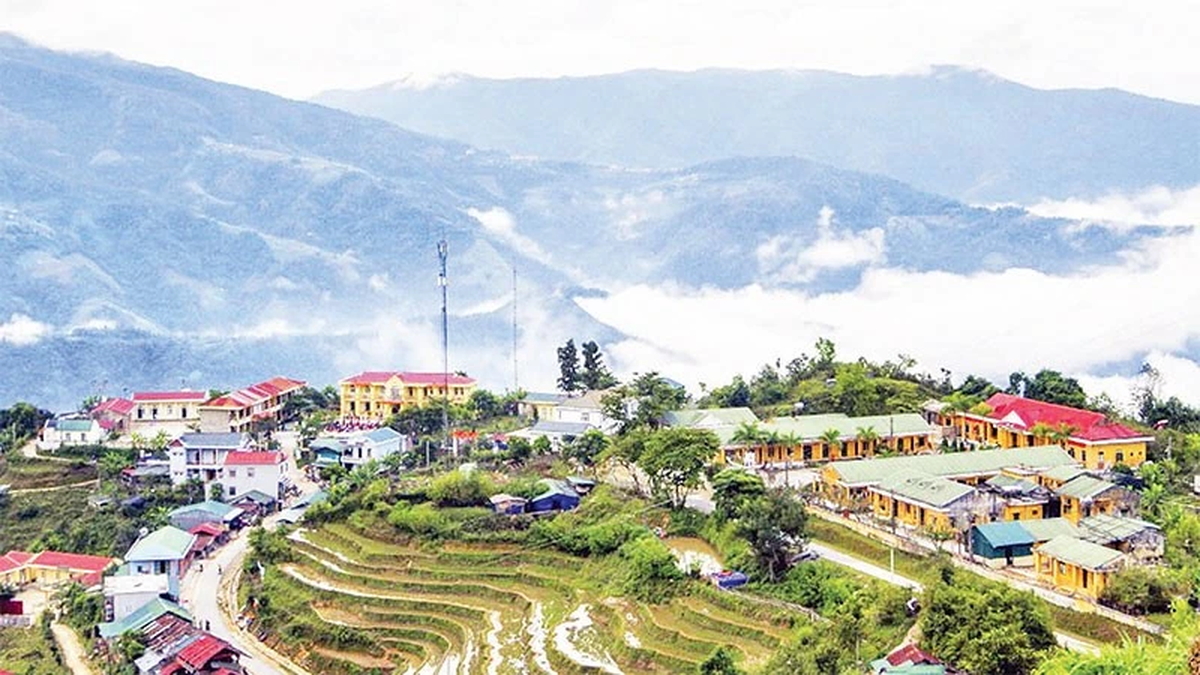




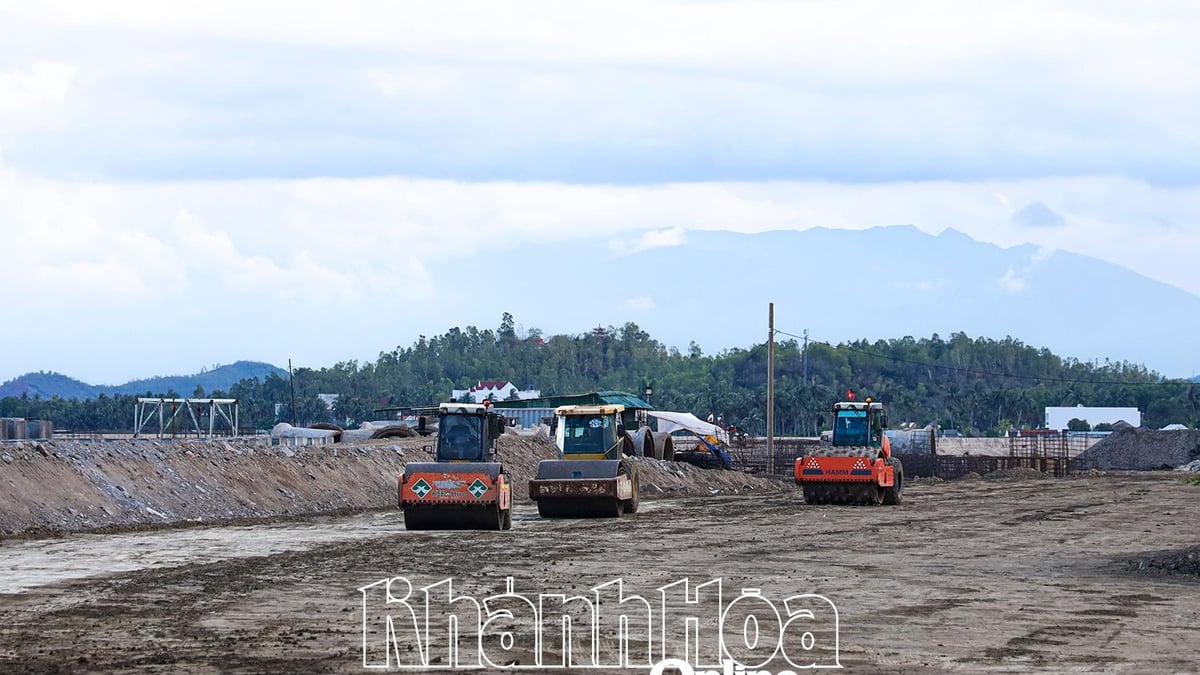
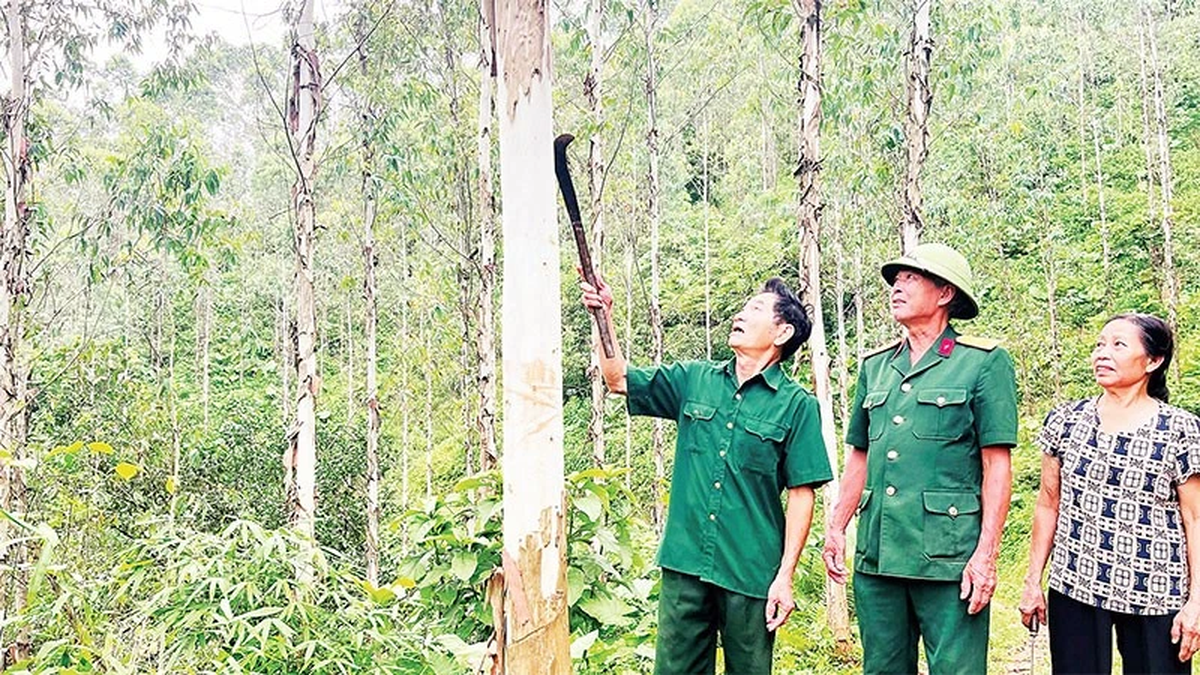












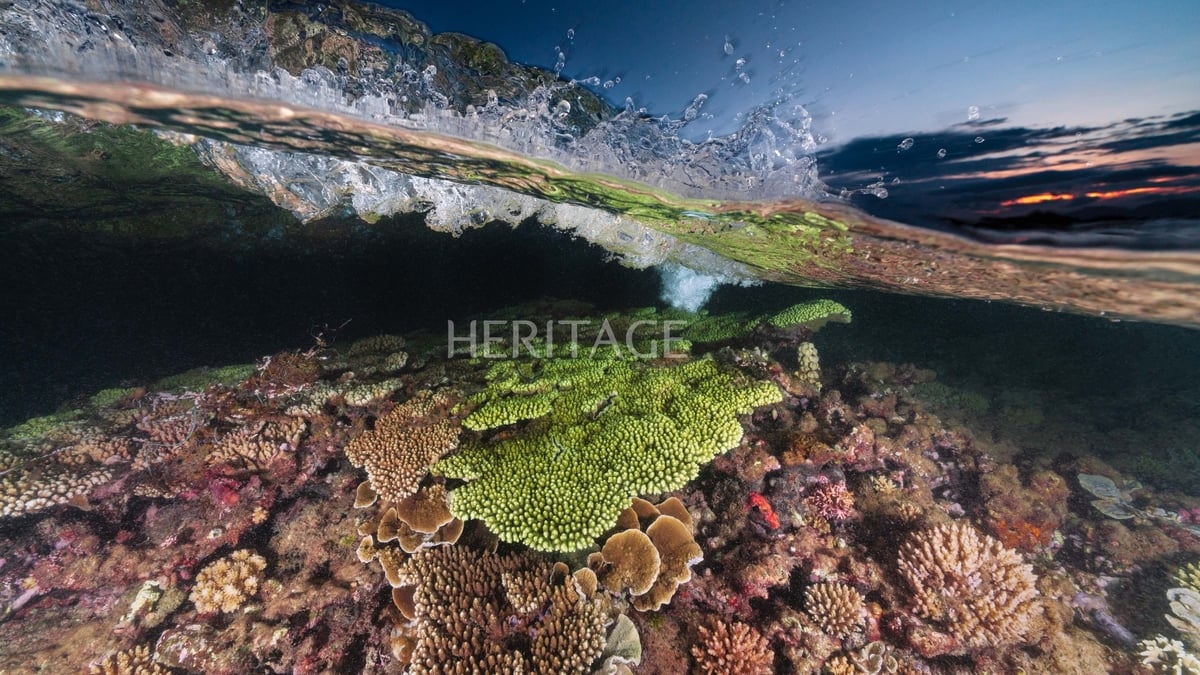
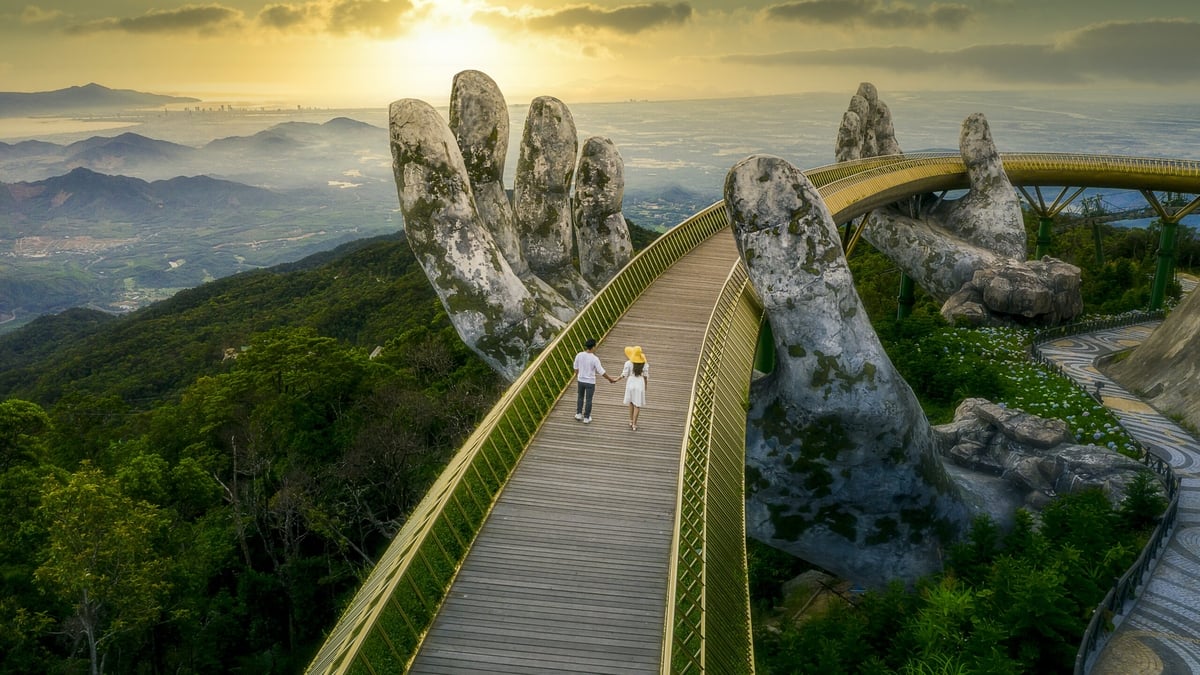
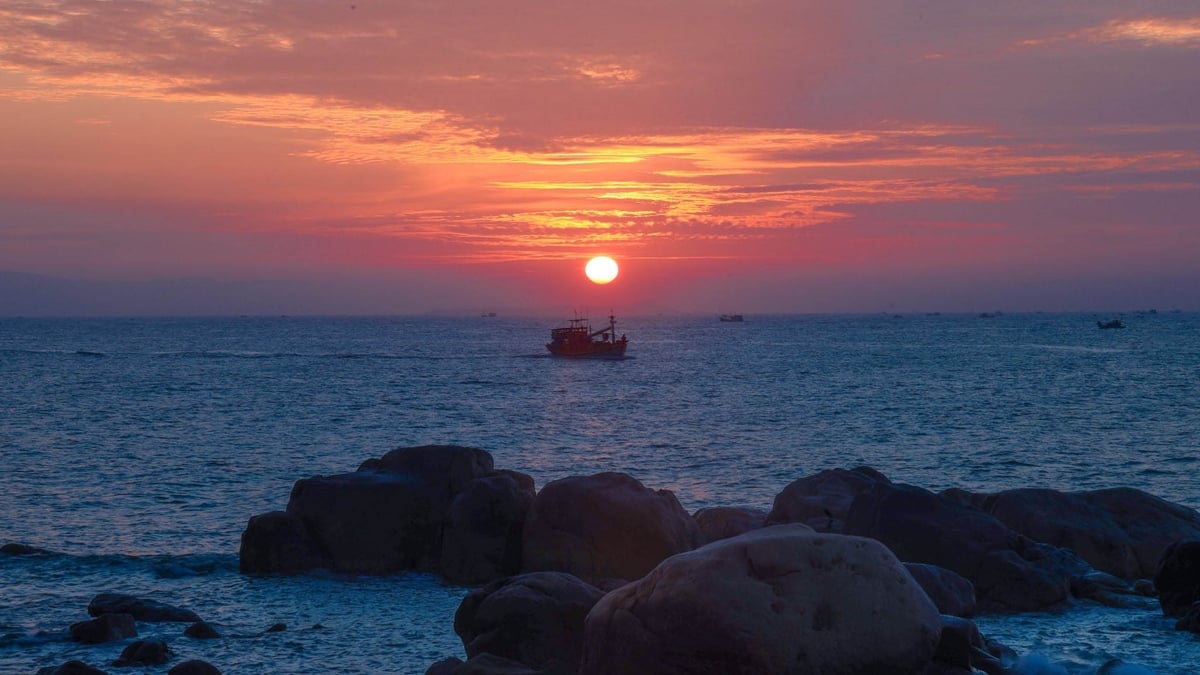
![[Photo] Signing of cooperation between ministries, branches and localities of Vietnam and Senegal](https://vphoto.vietnam.vn/thumb/1200x675/vietnam/resource/IMAGE/2025/7/24/6147c654b0ae4f2793188e982e272651)
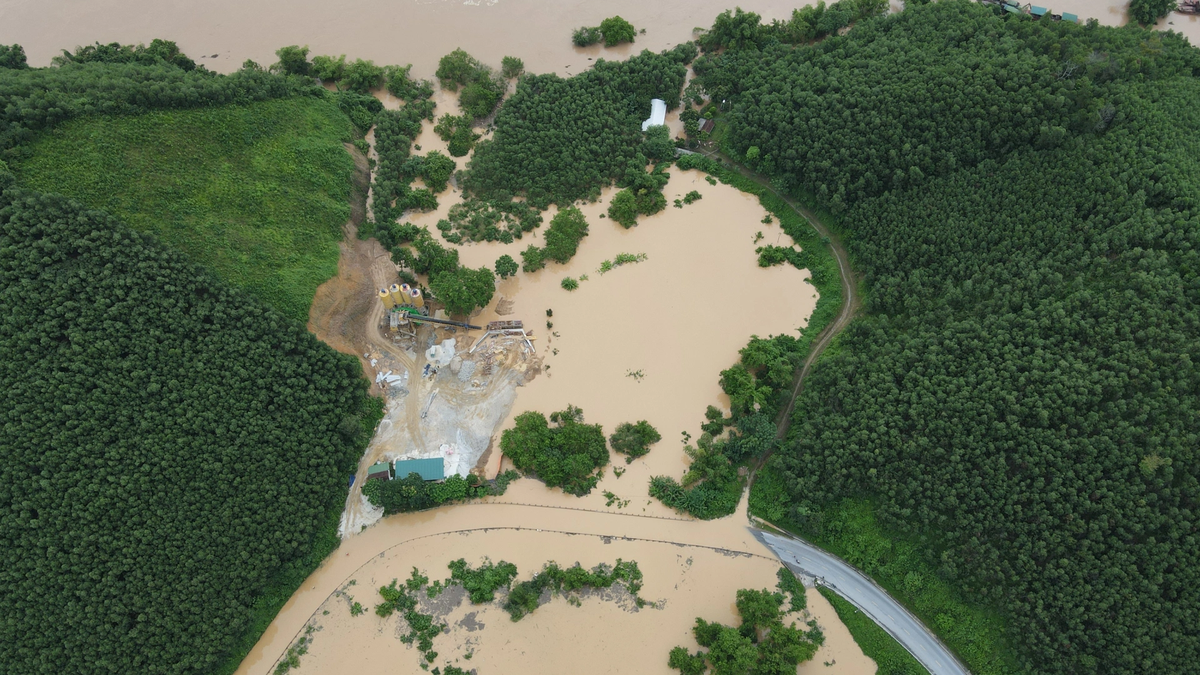


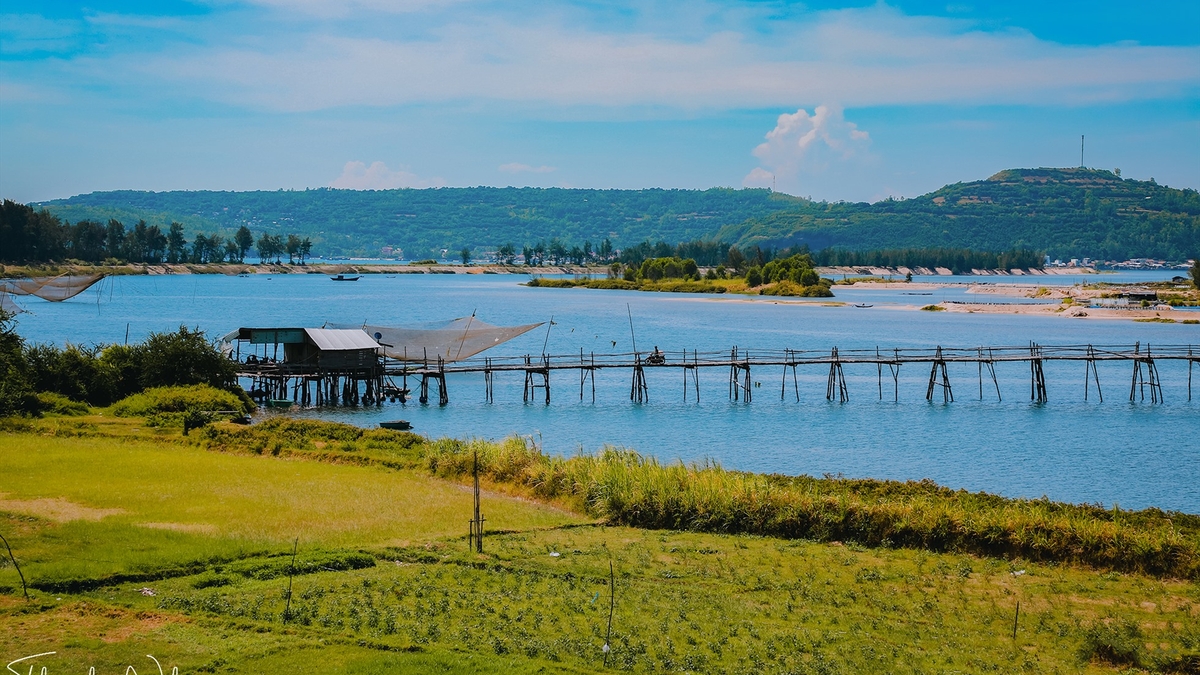








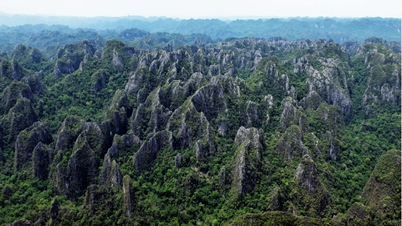


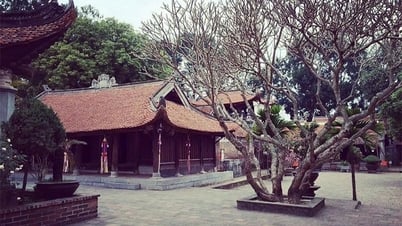





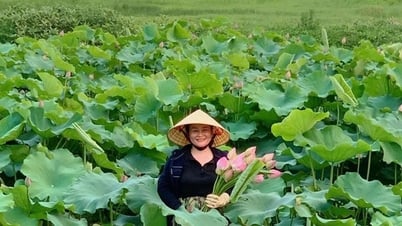



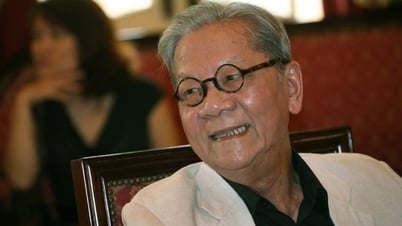




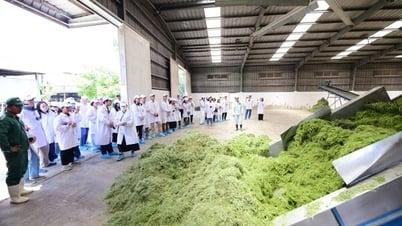





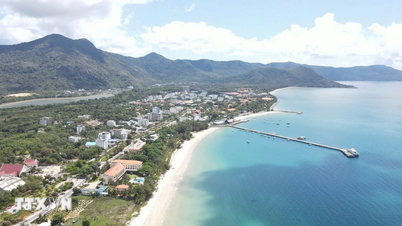
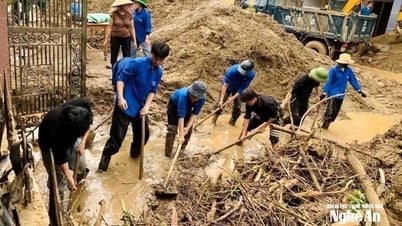

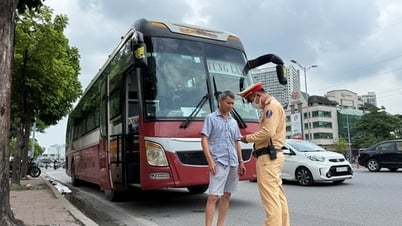




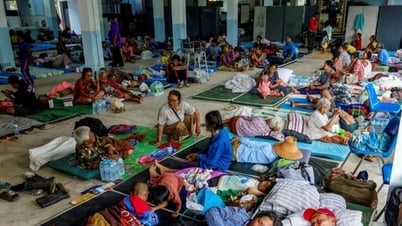



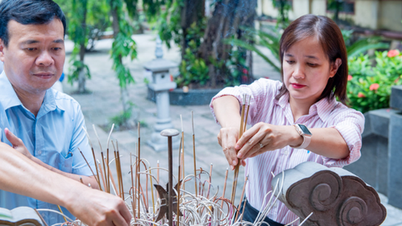





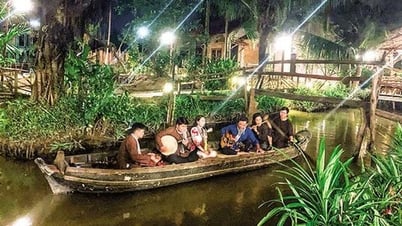





















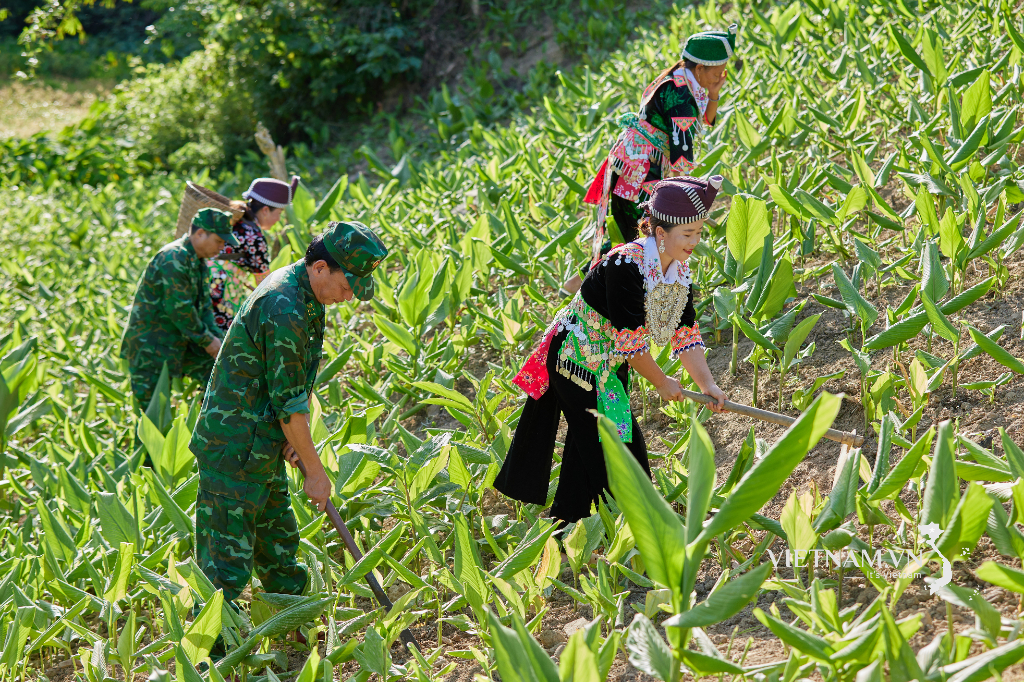
Comment (0)